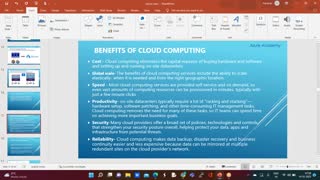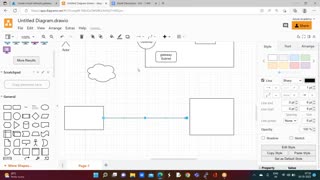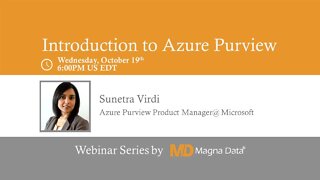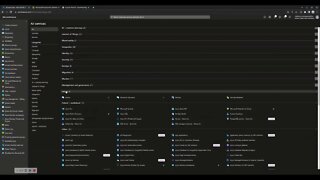Microsoft Azure Fundamentals 07
Activity log : it will store the history
Access control :-
Role based access control (RBAC) :-
1. Owner : He can able to perform all admin tasks + He can also provide access to others
2. Contributor : He can able to perform all admin tasks
3. Reader : only read/view access
Tags :
To organize your resources we can use tags
DDOS Protection ;
Azure DDoS Protection can mitigate the following types of attacks:
● Volumetric attacks: These attacks flood the network layer with a substantial amount of seemingly legitimate traffic. They include UDP floods, amplification floods, and other spoofed-packet floods. DDoS Protection mitigates these potential multi-gigabyte attacks by absorbing and scrubbing them, with Azure's global network scale, automatically.
● Protocol attacks: These attacks render a target inaccessible, by exploiting a weakness in the layer 3 and layer 4 protocol stack. They include SYN flood attacks, reflection attacks, and other protocol attacks. DDoS Protection mitigates these attacks, differentiating between malicious and legitimate traffic, by interacting with the client, and blocking malicious traffic.
● Resource (application) layer attacks: These attacks target web application packets, to disrupt the transmission of data between hosts. They include HTTP protocol violations, SQL injection, cross-site scripting, and other layer 7 attacks. Use a Web Application Firewall, such as the Azure Application Gateway web application firewall, as well as DDoS Protection to provide defense against these attacks. There are also third-party web application firewall offerings available in the Azure Marketplace.
In Azure DDOS offers two plans or SKU :-
1. Basic
2. Standard
DDoS attacks can be targeted at any endpoint that is publicly reachable through the internet.
DNS Server
Locks : -
Delete :
Readonly :
Storage :-
-
 53:14
53:14
RumbleDude
1 year agoMicrosoft Azure Fundamentals 02
31 -
 1:05:04
1:05:04
RumbleDude
1 year agoMicrosoft Azure Fundamentals 06
9 -
 1:01:30
1:01:30
Magna Data
1 year agoIntroduction to Microsoft Azure Purview
6 -
 1:22:11
1:22:11
Magna Data
3 years agoIntroduction to Snowflake on Microsoft Azure
12 -
 1:14:04
1:14:04
Magna Data
3 years agoBuilding AI-powered solutions with Microsoft Azure
13 -
 1:52:39
1:52:39
Future innovations
1 year agoAZURE DEVELOPER ASSOCIATE, MICROSOFT (AZ-204), FULL COURSE
45 -
 4:36
4:36
Exam Lab Practice
1 year agoAzure Security Baseline Basics
2 -
 7:52
7:52
infosectrain01
11 months agoMicrosoft Azure Interview Questions | Part 3-Microsoft Azure Interviews with Expert Questions
35 -
 16:17
16:17
cloudcomputingschool
1 year agoHow to navigate in the Azure management portal
11 -
 5:31
5:31
EkasCloud Online Courses
6 months ago#Azure Series part 1 /20
8